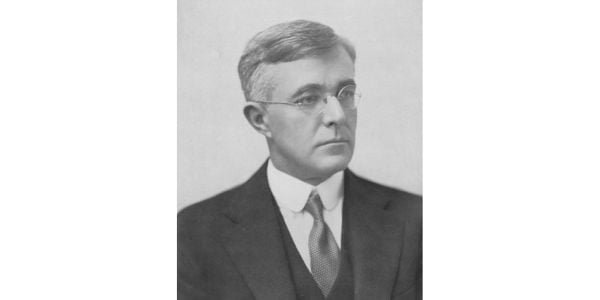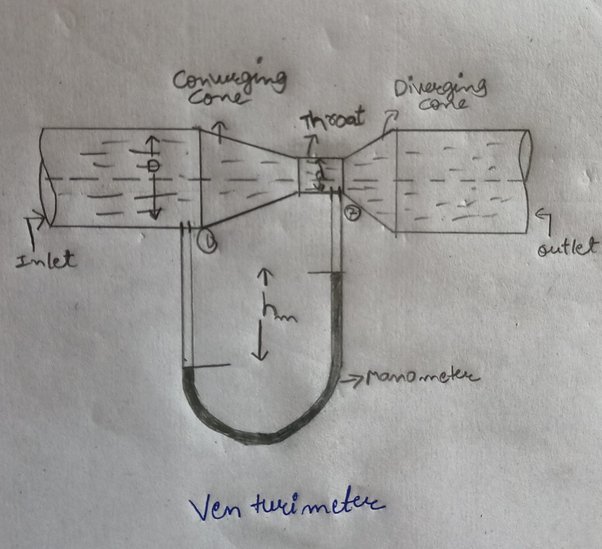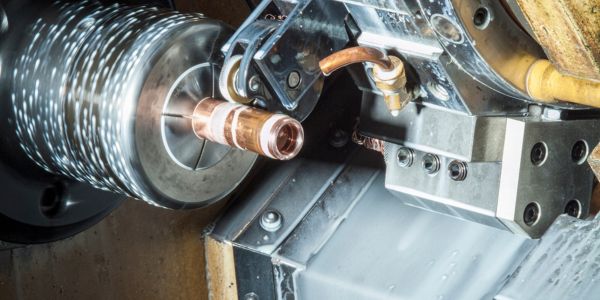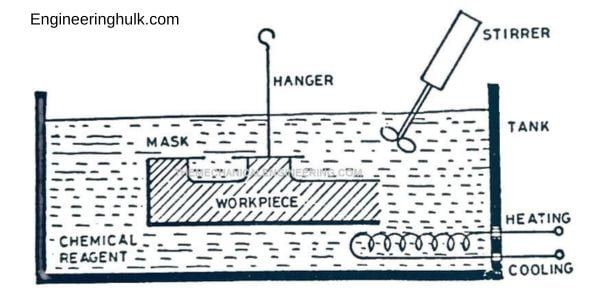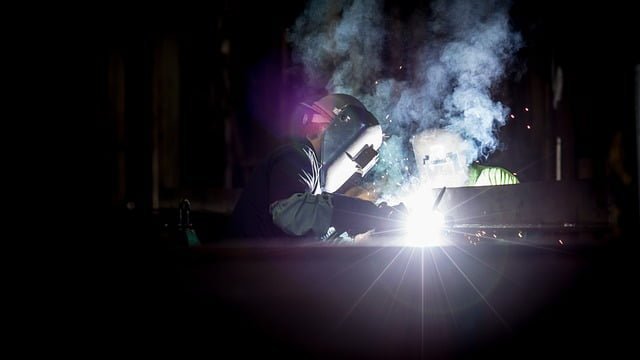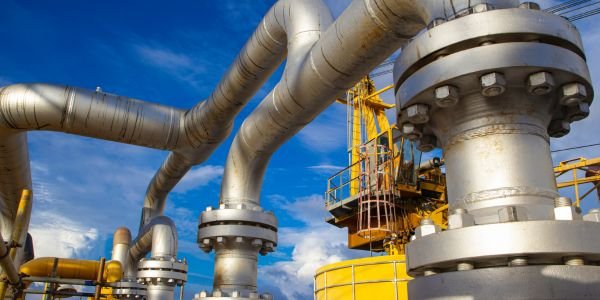Table of Contents
Introduction:
Welding machines are one of the most important tools in the metalworking industry. They are used to join two pieces of metal together using heat and pressure. There are various types of welding machines available, each with its own unique features and benefits.

Types of Welding Machines:
MIG Welding Machine
MIG (Metal Inert Gas) welding machines use a wire electrode that is fed through a spool and into a welding gun. The electrode is heated by an electric arc, which melts the wire and fuses it with the metal being welded. MIG welding is ideal for welding thin metal sheets, and it is the most common type of welding used in industrial applications.
TIG Welding Machine
TIG (Tungsten Inert Gas) welding machines use a non-consumable tungsten electrode to create an electric arc that melts the metal being welded. A separate filler rod is then used to add material to the weld joint. TIG welding produces high-quality welds with excellent accuracy and control. It is commonly used for welding aluminum, stainless steel, and other metals that require a high degree of precision.
Stick Welding Machine
Stick welding machines, also known as Shielded Metal Arc Welding (SMAW) machines, use a consumable electrode coated in flux. The electrode is held in a clamp, and when struck against the metal being welded, an electric arc is created that melts the electrode and the metal being welded. Stick welding is commonly used in the construction industry for welding steel beams and other large metal structures.
Plasma Arc Welding Machine
Plasma arc welding machines use a high-velocity jet of plasma to melt the metal being welded. The plasma is created by ionizing a gas, usually argon or nitrogen, which is then directed through a small nozzle. Plasma arc welding produces precise and clean welds and is commonly used in aerospace and automotive applications.
Resistance Welding Machine
Resistance welding machines use a combination of pressure and electric current to fuse two pieces of metal together. The metal is placed between two electrodes, and an electric current is passed through the metal, causing it to heat up and melt. Resistance welding is commonly used in the automotive industry for welding body panels and other components.
Laser Welding Machine
Laser welding machines use a high-powered laser to melt the metal being welded. The laser beam is directed through a series of mirrors and lenses to focus the beam onto the weld joint. Laser welding produces precise and high-quality welds and is commonly used in the aerospace and medical industries.
Ultrasonic Welding Machine
Ultrasonic welding machines use high-frequency vibrations to create frictional heat that melts the metal being welded. The metal is placed between two electrodes, and ultrasonic vibrations are applied to the metal, causing it to heat up and melt. Ultrasonic welding is commonly used in the automotive and electronics industries.
Gas welding machines
Gas welding machines are an essential tool in the welding industry. They are used to join metals by heating them until they melt and fuse together. Gas welding machines are commonly used in a variety of industries, including automotive, construction, and manufacturing.
What are Gas Welding Machines?
Gas welding machines, also known as oxy-fuel welding machines, use a combination of oxygen and fuel gas to generate a high-temperature flame. The flame is then used to heat the metal until it reaches its melting point, allowing the metal to fuse together. The two most common gases used in gas welding machines are acetylene and propane.
How do Gas Welding Machines Work?
Gas welding machines work by using a torch to ignite a mixture of oxygen and fuel gas, which produces a high-temperature flame. The flame is directed towards the metal to be welded, which is then heated until it reaches its melting point. The two pieces of metal are then joined together by melting and fusing them together.
Different Types of Gas Welding Machines
There are several different types of gas welding machines available on the market, including:
1. Oxy-Acetylene Welding Machines:
Oxy-acetylene welding machines are the most common type of gas welding machines used. They use a mixture of oxygen and acetylene to generate a high-temperature flame that is used to melt and fuse metals together.
2. Oxy-Propane Welding Machines:
Oxy-propane welding machines use a mixture of oxygen and propane to generate a high-temperature flame that is used to melt and fuse metals together. They are similar to oxy-acetylene welding machines, but they are less expensive and easier to use.
3. Air-Acetylene Welding Machines:
Air-acetylene welding machines use air and acetylene to generate a flame. They are less expensive than oxy-fuel welding machines, but they do not produce as high of a temperature flame and are not as efficient.
4. MAPP Gas Welding Machines:
MAPP gas welding machines use a mixture of Methylacetylene-Propadiene and propane to generate a high-temperature flame. They are similar to oxy-fuel welding machines but are less common and more expensive.
Benefits of Gas Welding Machines:
Gas welding machines offer several benefits, including:
1. Versatility: Gas welding machines can be used to weld a variety of metals, including steel, aluminum, and copper.
2. Portability: Gas welding machines are portable and can be used in remote locations where electrical power is not available.
3. Cost-Effective: Gas welding machines are relatively inexpensive compared to other welding machines, making them an affordable option for small businesses and hobbyists.
4. Easy to Use: Gas welding machines are easy to use and do not require extensive training or technical knowledge to operate.
Applications of Welding Machines:
Welding machines have a wide range of applications in various industries. Some of the most common applications of welding machines include:
1. Construction: Welding machines are used in the construction industry to join metal beams and other structural elements.
2. Automotive: Welding machines are used in the automotive industry to repair and build vehicles.
3. Manufacturing: Welding machines are used in the manufacturing industry to join metal components together to form finished products.
4. Shipbuilding: Welding machines are used in shipbuilding to join metal plates and other components to form the hull and other parts of the ship.
Factors to Consider When Purchasing a Welding Machine:
1. Power Output: The power output of a welding machine is an important factor to consider when purchasing a welding machine. The power output of a welding machine determines the thickness of the metal it can weld. Therefore, it is important to select a welding machine with a power output that meets your specific welding needs.
2. Portability: Portability is another important factor to consider when purchasing a welding machine. If you need to move the welding machine from one location to another, it is important to select a machine that is lightweight and portable.
3. Duty Cycle: The duty cycle of a welding machine refers to the amount of time it can operate continuously before it needs to be cooled down. It is important to select a welding machine with a high-duty cycle if you need to perform long welding jobs.
4. Price: Price is an important factor to consider when purchasing a welding machine. While it is important to select a welding machine that meets your specific needs, it is also important to select a machine that fits within your budget.
Also, read define the moment of force






